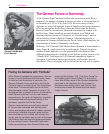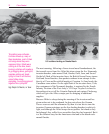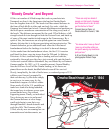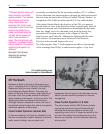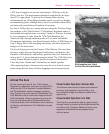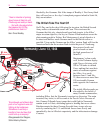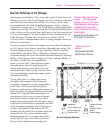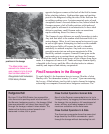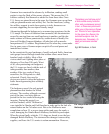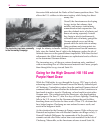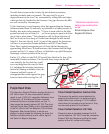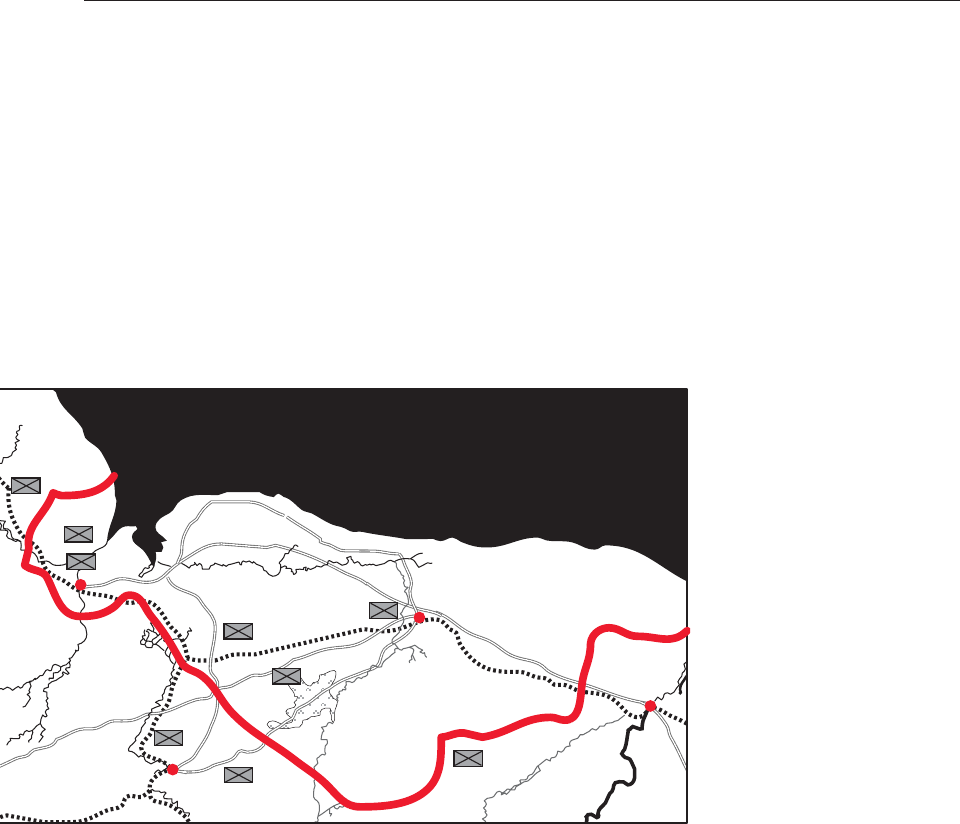
74
Close Combat
flooded by the Germans. But if the troops of Bradley’s First Army think
they will now have a few days’ triumphant progress inland to Saint-Lô,
they are mistaken.
The British Take The Heat Off
On D-Day, and in the days following the invasion, the British Second
Army makes a determined assault on Caen. This convinces the
Germans that this city, situated amid good tank terrain, is the Allies’
major invasion objective, the key to a future Allied breakout across the
plain running south to Falaise. But Montgomery’s actual objective is
to attract and hold as much German armor in the British sector as
possible. Tying up the Germans on the Allies’ eastern flank will free the
American forces on the western flank to take the port of Cherbourg,
then proceed south, and
pivot to break out onto
the high ground east of
Saint-Lô.
Montgomery’s plan works
well, as the Germans deploy
eight Panzer divisions with
500 to 700 tanks to defend
Caen, making that area their
center of resistance against
the Allies. As a result,
between June 15 and July
25, there are never more than
190 serviceable German
tanks opposite the American
sector.
The initial Allied assaults are
also aided by the belief of
many German commanders,
including Hitler, that the Normandy invasion is a diversion. The main
invasion, they insist, is still to come at the Pas de Calais. Because of
this, German Fifteenth Army troops that could fight in Normandy
remain stuck in Calais, defending against a landing that never comes.
Reinforcements for those German Seventh Army troops who are
actively combating the U.S. and British forces come slowly and
sporadically, due to Allied air superiority and the infrastructure damage
it causes.
“I had no intention of pinning
down forces at Saint-Lô until
Cherbourg was safely in hand .
. . . Not until a few days before
the breakout did I lift the
prohibition on Saint-Lô.”
Gen. Omar Bradley
“Even though we fell back other
parts of our regiment were still
fighting in the hedgerows.
Sometimes it was only a
handful of men, but here that
could hold up a company.”
Obergrenadier
Karl Wegner,
352nd Infantry Division
Orne River
Drom
e River
Vire River
Taute River
Aure River
SaintÐL™
Carentan
Cerisy Forest
Caen
Bayeux
German 3rd
Parachute Division
Panzer Lehr
U.S. 1st
Division
U.S. 2nd
Division
U.S. 29th
Division
U.S. 101st
Airborne Division
U.S. 4th
Infantry Division
U.S. 82nd
Airborne Division
Normandy: June 13, 1944
German
352nd Division





